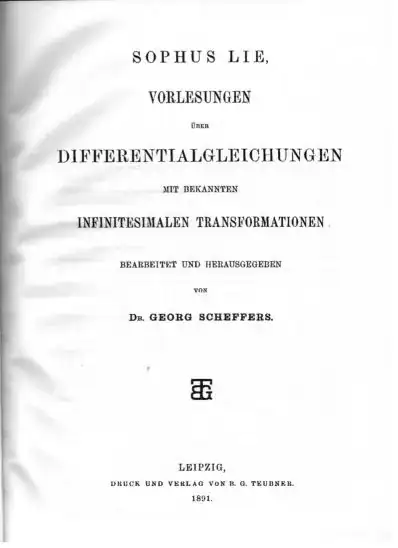There are several questions resembling this one but none of them are quite the same I believe.
I have a background in differential geometry and topology, as well as analysis (locally convex spaces). I have a very basic familiarity with lie groups since they tend to pop out quite a lot in differential geometry.
Lately I found out I have a tendency to think about a lot of problems in differential geometry in terms of lie groups. Unfortunately whenever I do that kind of thing i get stuck due to a lack of solid background.
I've decided to pick up a serious text on lie theory and fill this gap. I prefer a book that would help me understand the geometry better rather than the algebraic framework. Here is a list of the applications I have in mind for the theory.
Recognizing homogeneous spaces, describing them in terms of coset spaces and proving stuff about them using that information. (For example the answer to this MSE question)
Spin geometry and symplectic geometry.
G-bundles and gauge theory.
Holonomy groups and Riemannian symmetric spaces.
Prefarably the book would contain some exercise problems besides the theory.
